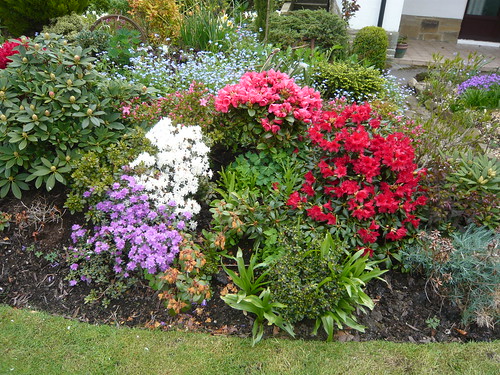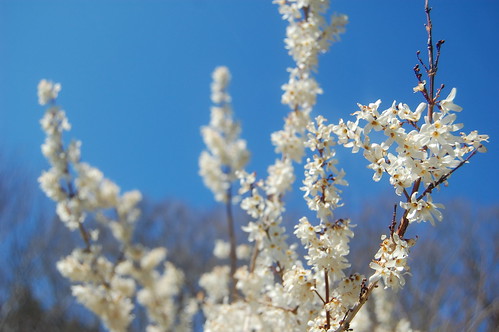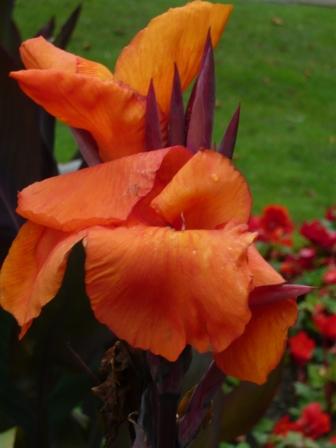In Praise of Rhododendrons
Rhododendrons have many praiseworthy characteristics.
Why Grow Rhododendrons
- They are some of the most colourful spring and early summer flowering shrubs. Red, white and blues with yellows, pinks and shades to suit all tastes.
- Rhododendrons are generally evergreen and provide structure through the year.
- Modern hybrids are easy to maintain, slow to outgrow their allocated space and need little attention.
- There are 1000 species to select and learn about. Prostrate and miniature rhododendrons suit a rock garden whilst some varieties can fill a woodland.
- Scented Rhododendrons are shorter lived but have great aroma.
Where to See Rhododendrons
- Kew Gardens’ Rhododendron Dell dates from the early 18th century.
- A good list of gardens with Rhododendrons is available at Great British Gardens.
Further information














